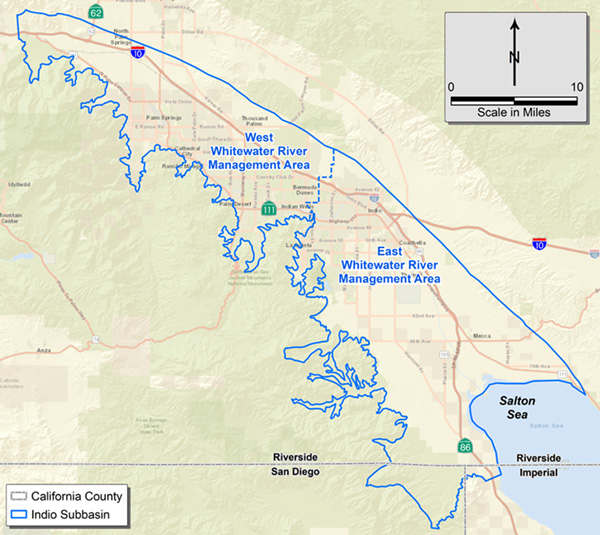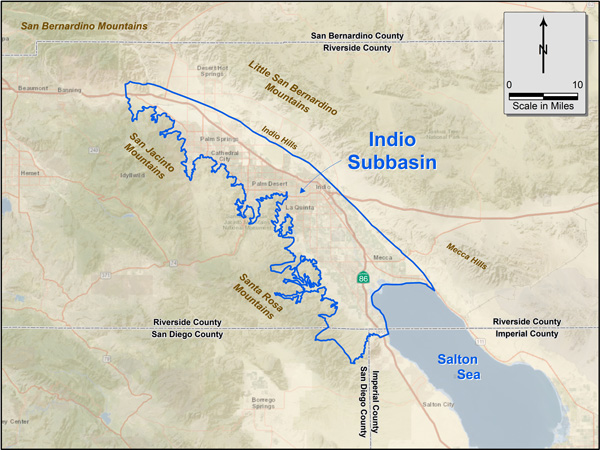What will the Alternative Plan do for groundwater management?
The Indio Subbasin Alternative Plan continues water management efforts began in 2002 with development of the 2002 Coachella Valley Water Management Plan, while updating Subbasin information and management strategies in compliance with new State regulations. The Alternative Plan will describe a pathway for managing the groundwater basin and describe measures to ensure that the Indio Subbasin operates within a sustainable goal for groundwater use. See the “What is the Alternative Plan” below for more information.

